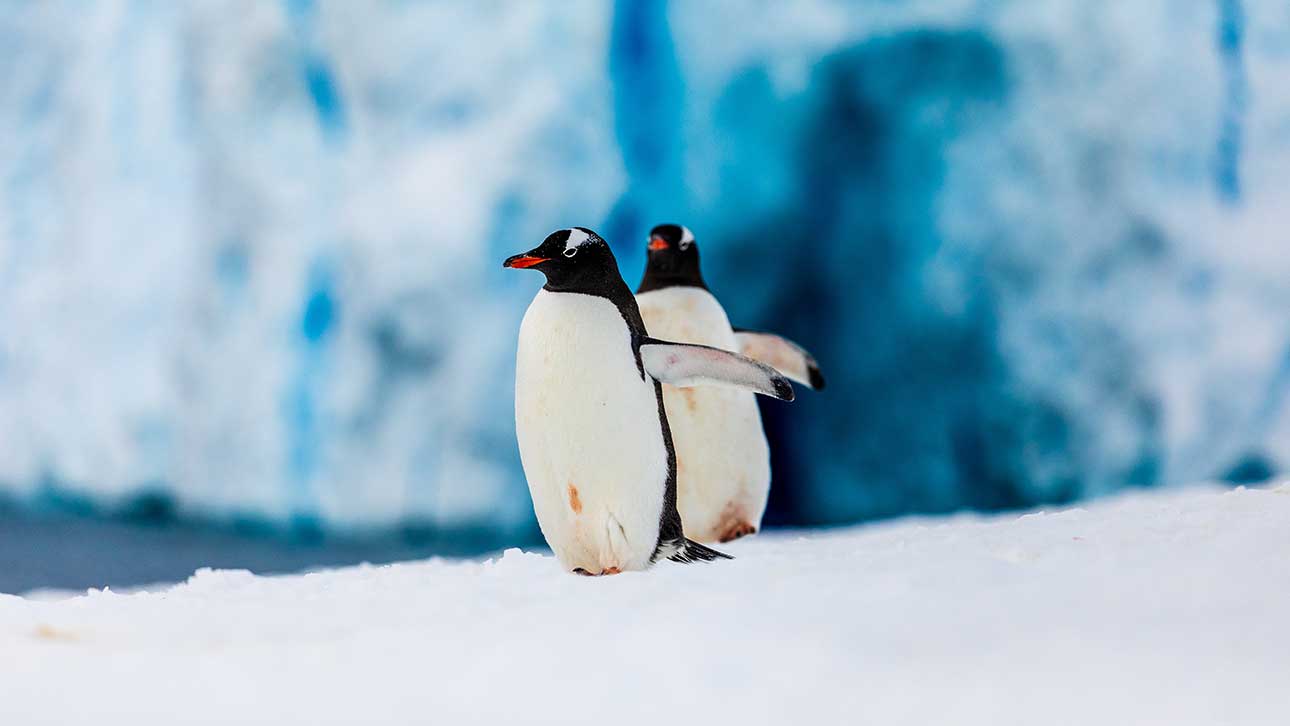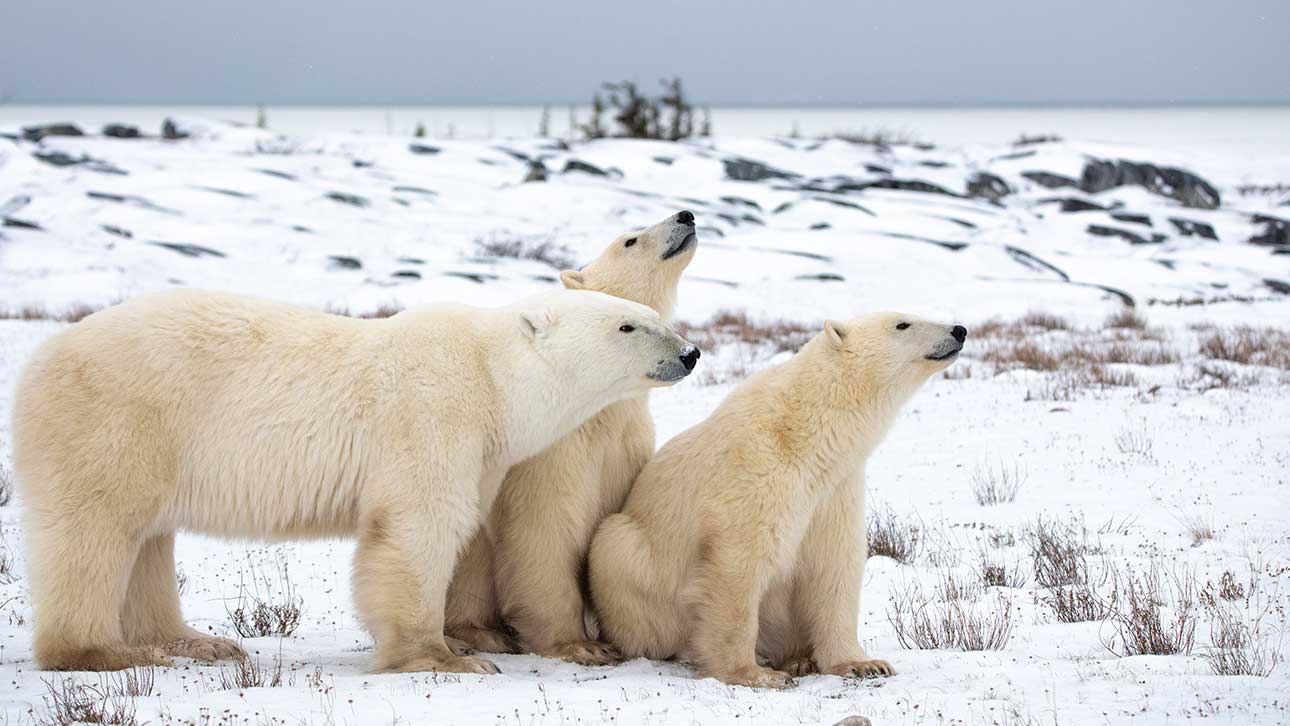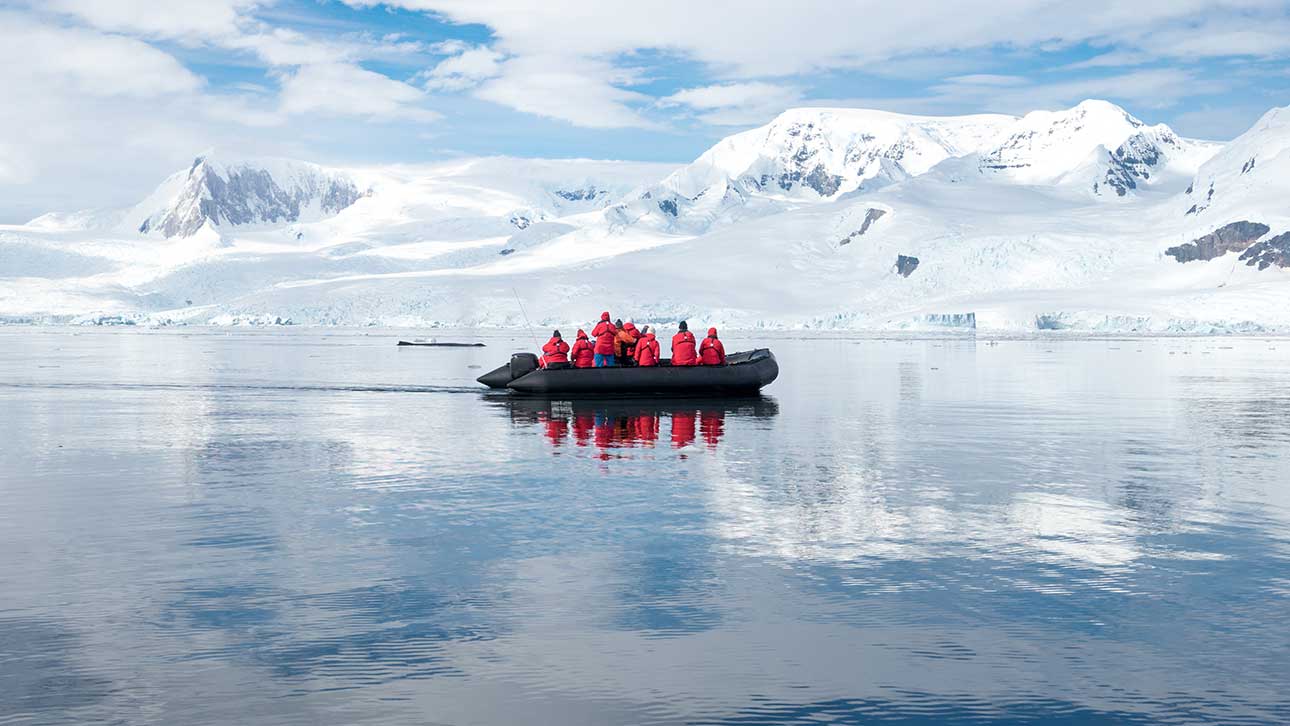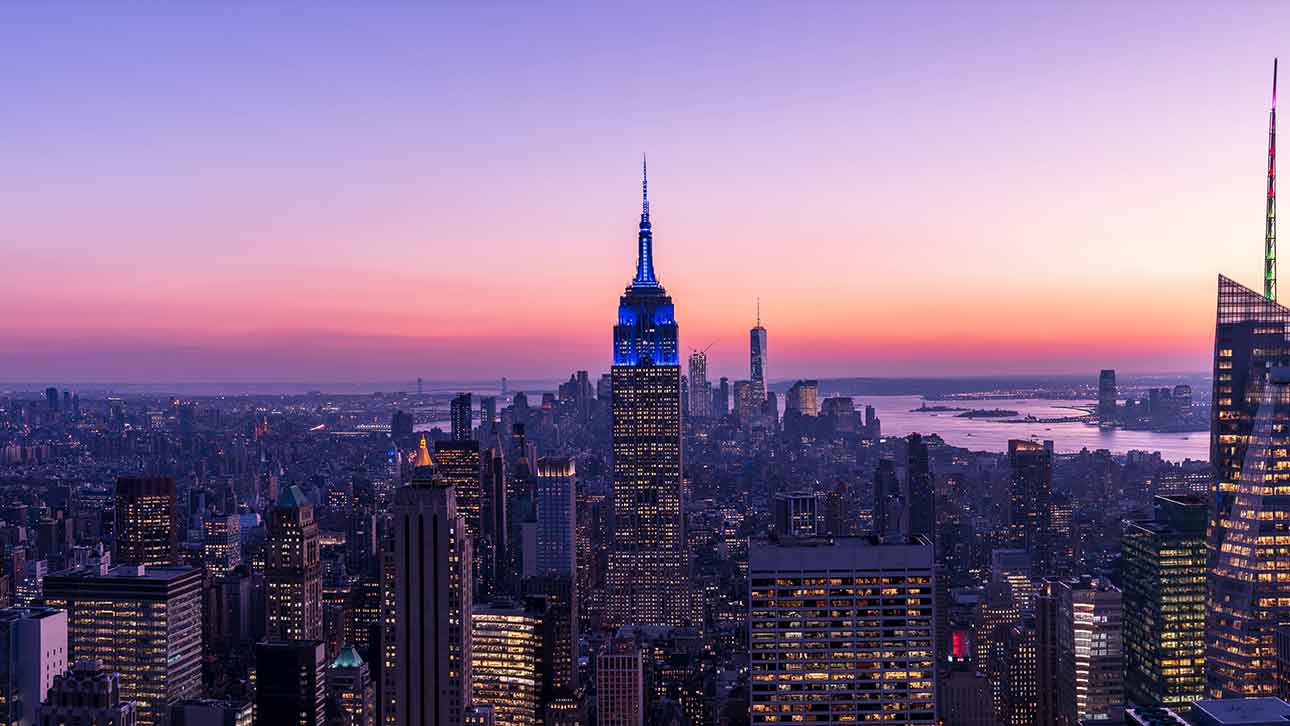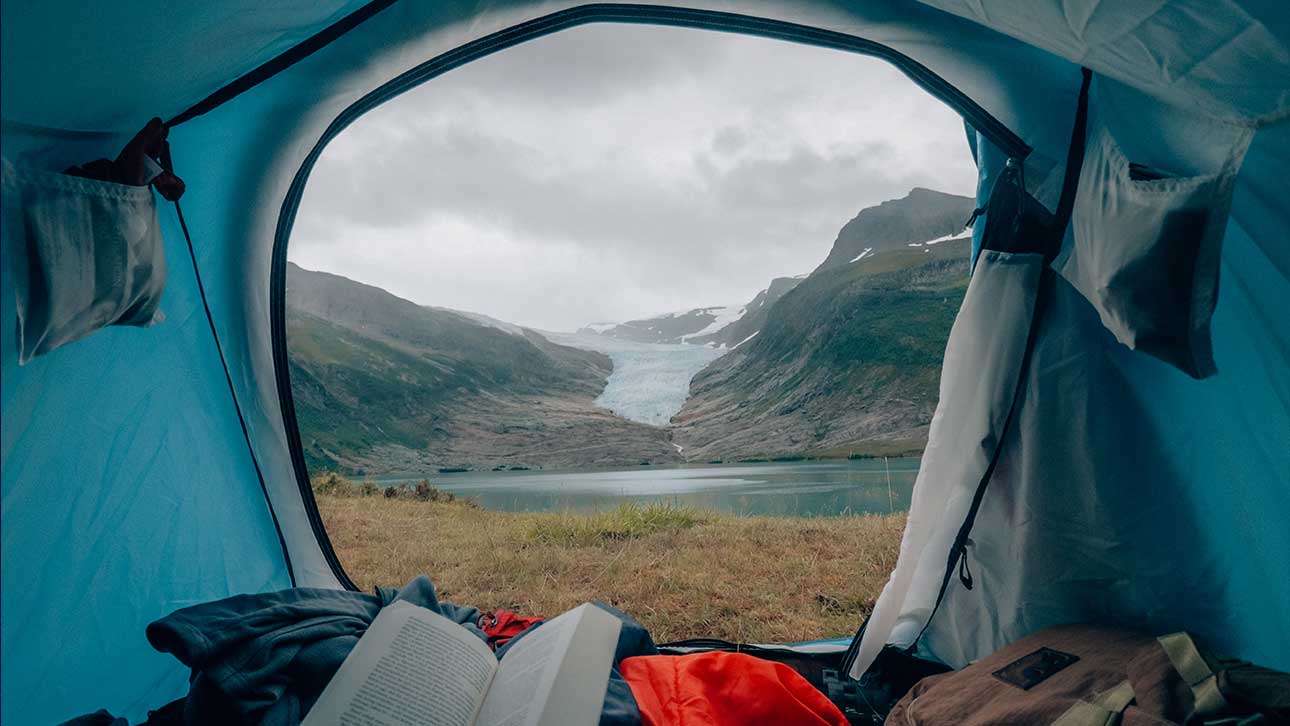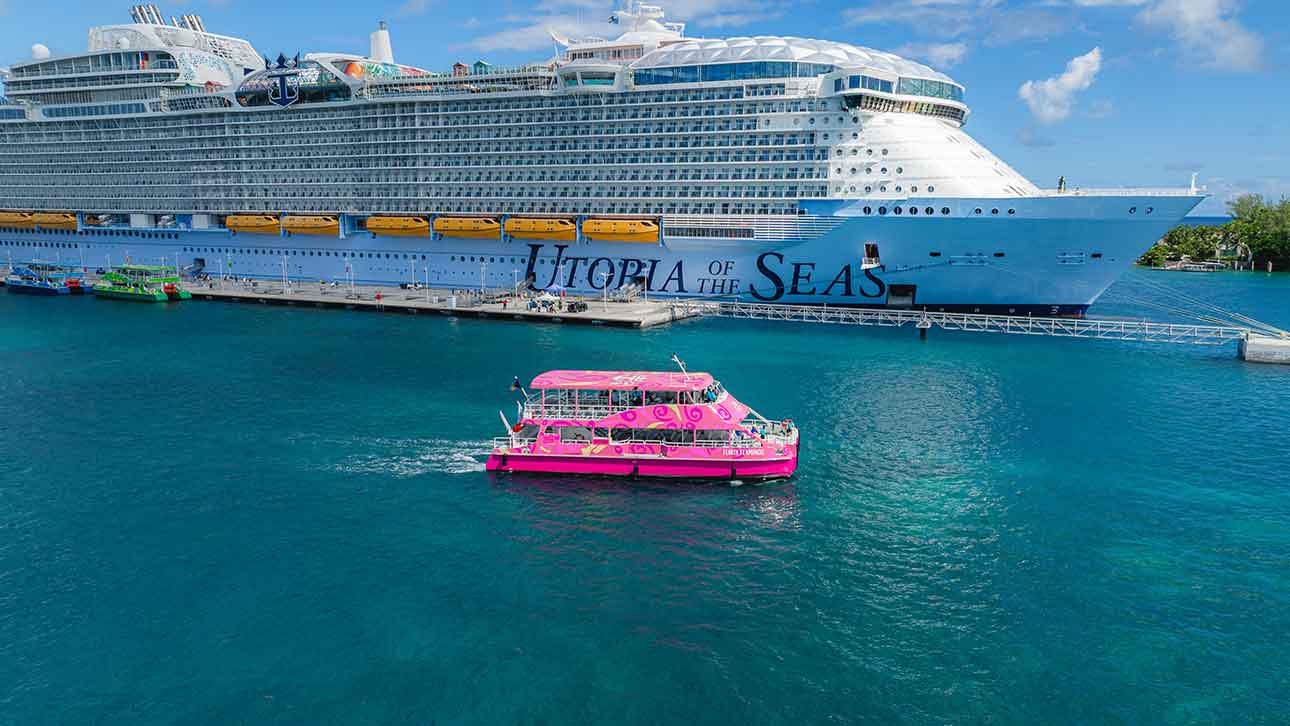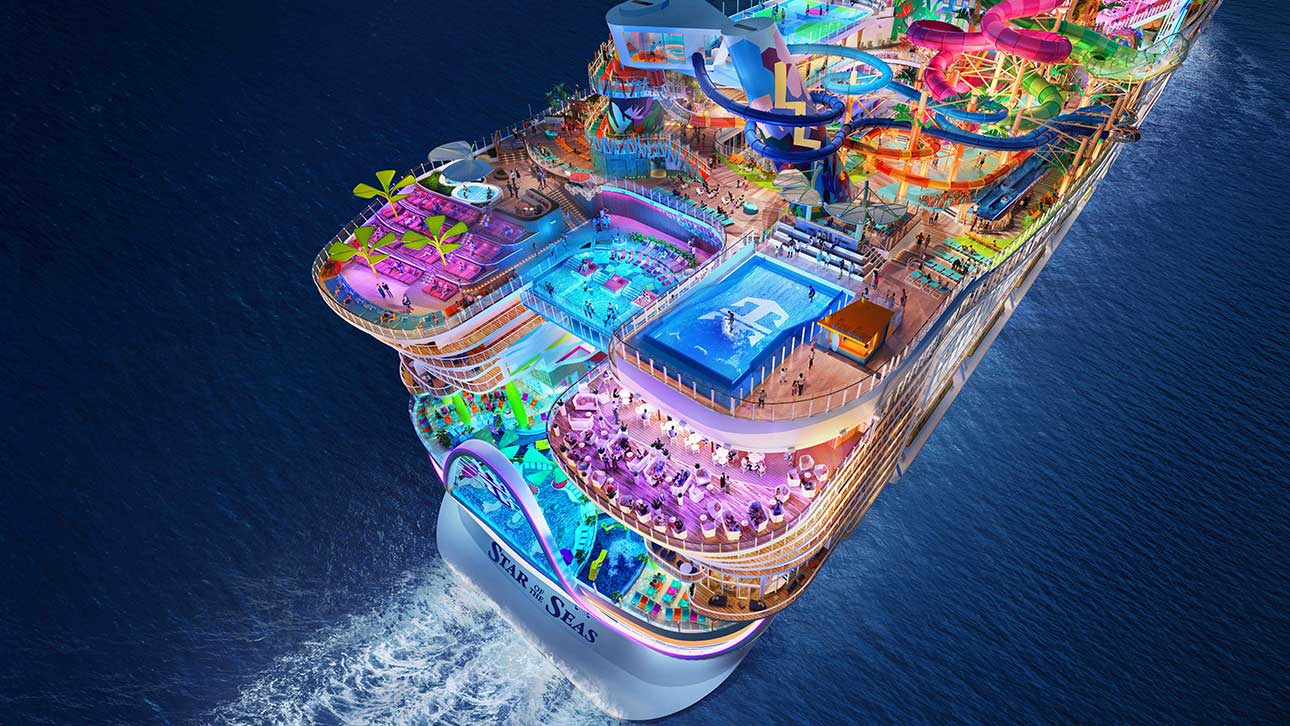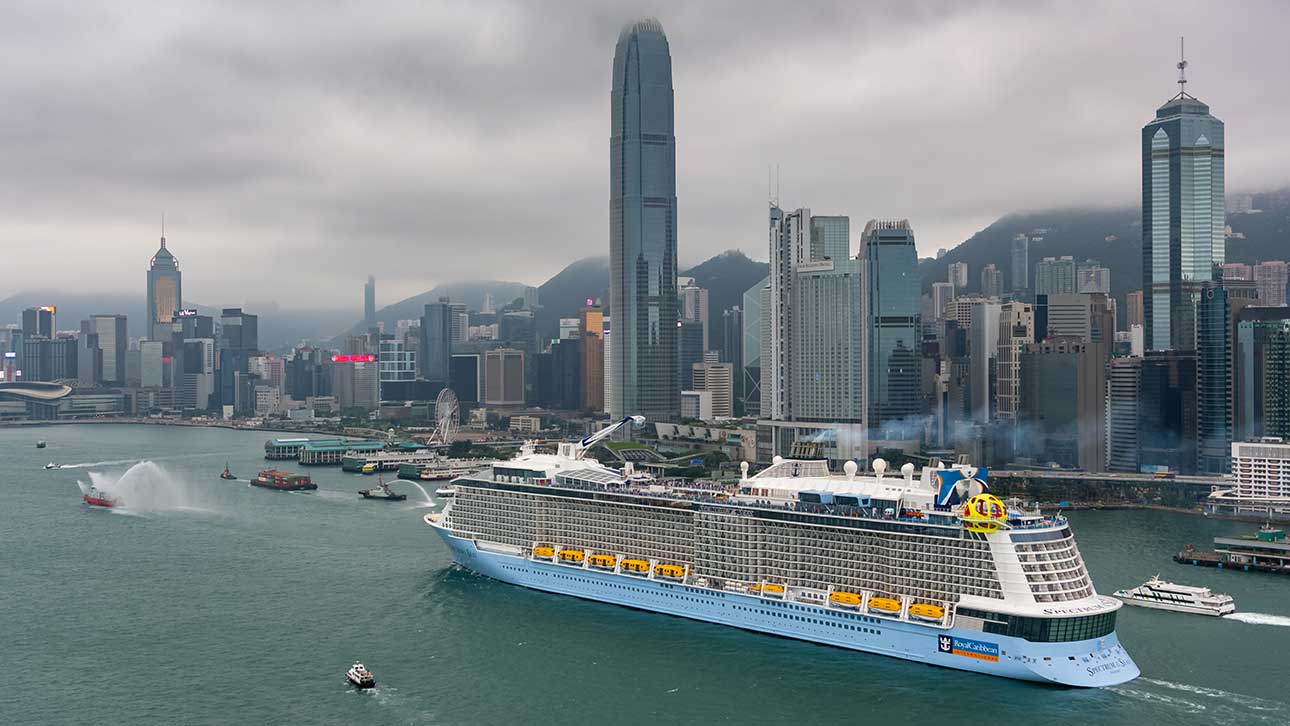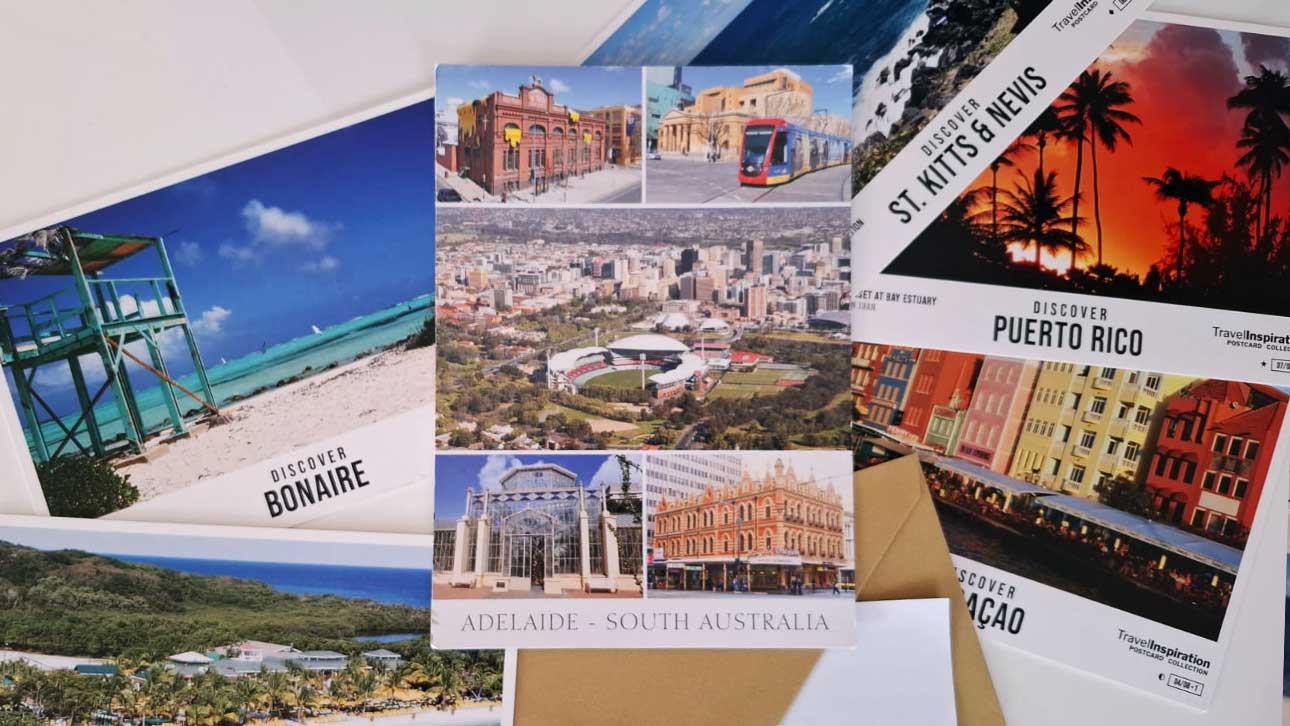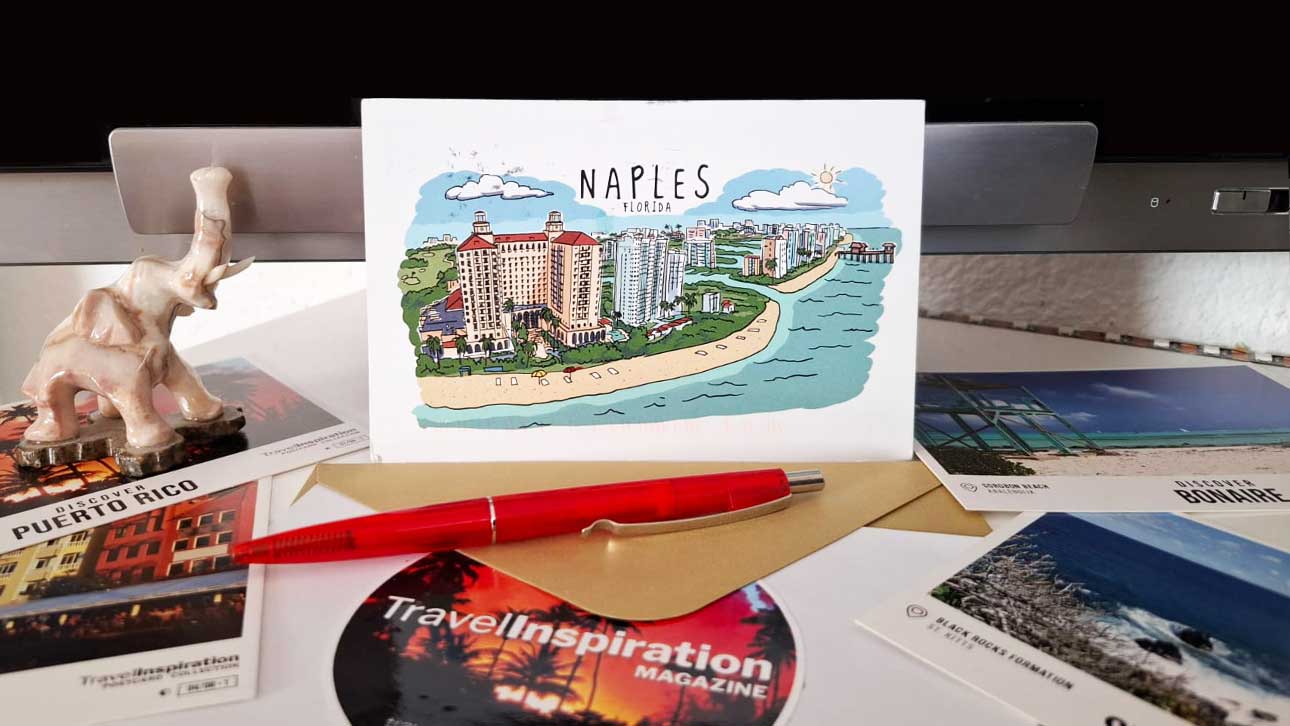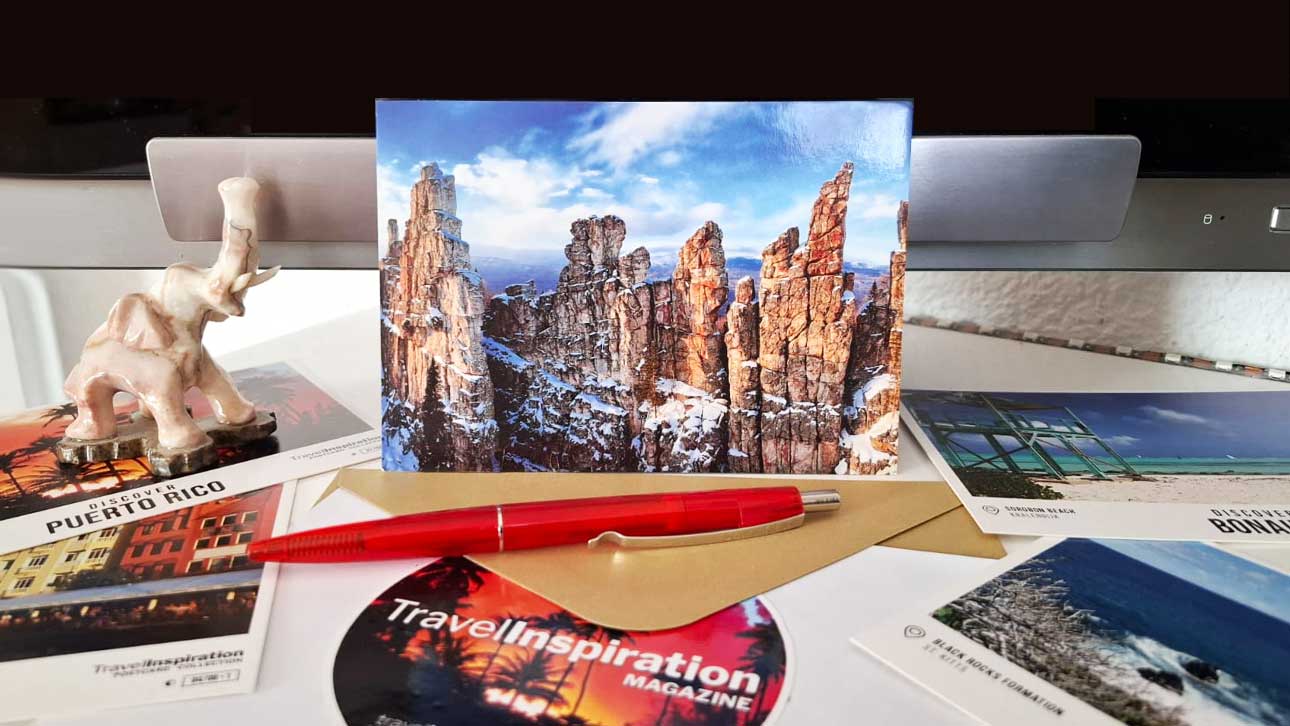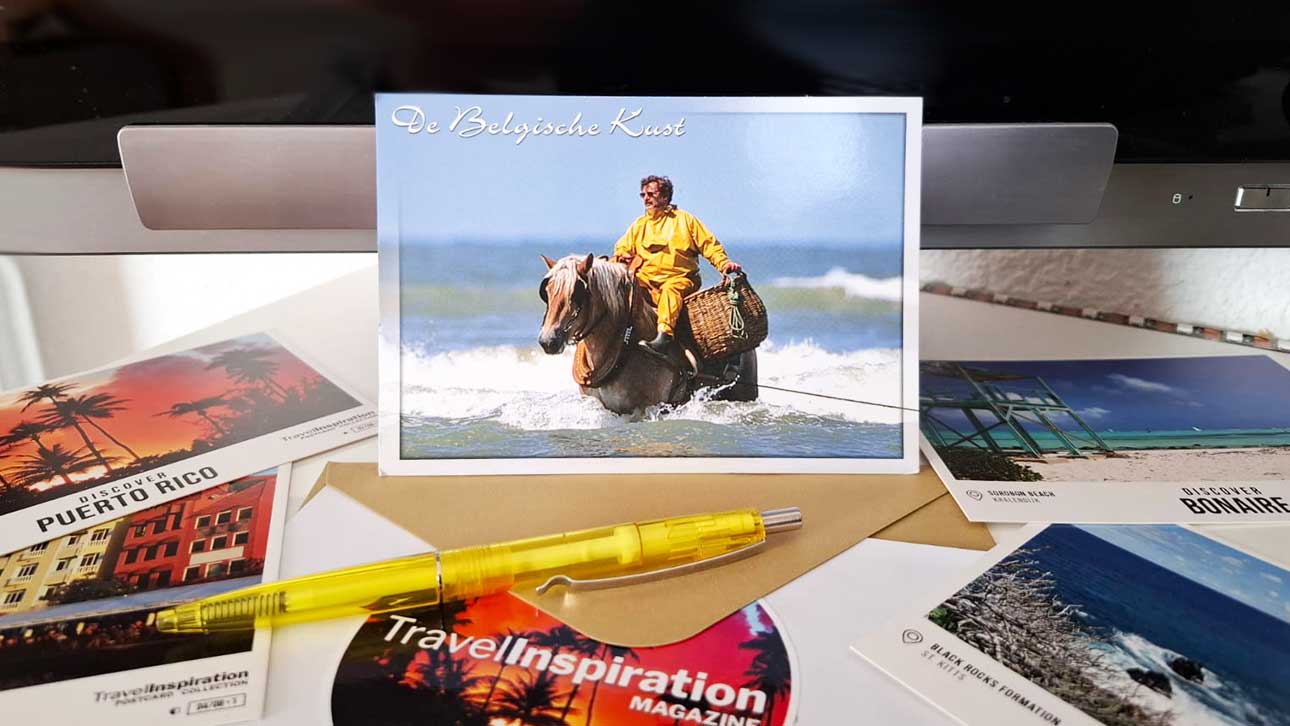
Antarctica, often described as the last frontier, is one of the most exclusive and awe-inspiring destinations on Earth.
With its pristine landscapes of towering glaciers, massive icebergs, and icy plains, it offers travelers an unparalleled glimpse into a world untouched by human development. For adventurers seeking an experience far beyond the ordinary, Antarctica stands as the ultimate destination—raw, remote, and breathtaking in every sense.
Journey to the Frozen South
Reaching Antarctica is no small feat. The journey typically begins in Ushuaia, Argentina, the southernmost city in the world. From there, you embark on an expedition ship across the notorious Drake Passage—a 600-mile stretch of ocean between South America and Antarctica. The crossing can be rough, but it’s a rite of passage for anyone venturing to the White Continent.
As you approach the Antarctic Peninsula, the landscape dramatically transforms into a world of ice. Jagged mountain ranges, massive glaciers, and towering icebergs come into view. The sight of the continent emerging from the mist as you approach is an emotional experience for many, as the reality of reaching such a remote and pristine place begins to set in.
A Land of Stunning Landscapes
The first glimpse of Antarctica’s vast, icy landscapes feels otherworldly. The continent’s beauty lies in its simplicity: the sharp contrast between ice and water, between the white plains and the deep blues of the surrounding sea. Icebergs, some as large as buildings, float silently by, while glaciers stretch from the mountaintops down to the ocean’s edge.
During expeditions, travelers often disembark onto Zodiacs (small, inflatable boats) to explore these surreal ice-laden waters. These boat trips allow you to get close to the immense ice formations, providing a true sense of scale that is impossible to grasp from the ship alone. The sound of ice cracking in the distance or the splash of a calving glacier breaking into the sea is both thrilling and humbling.
For those who love photography, Antarctica offers limitless opportunities. The quality of light here, especially during the austral summer (November to March), is stunning. Whether it’s the soft glow of the midnight sun or the vibrant colors reflecting off the icebergs, each moment feels like a painting in motion.
Wildlife Encounters: Penguins, Seals, and Whales
While the landscapes of Antarctica are undeniably stunning, the wildlife brings the environment to life in a unique way. The continent is home to an extraordinary variety of species that have adapted to its harsh, freezing conditions. The most famous residents are the penguins, particularly the Gentoo, Adelie, and Chinstrap species.
Visiting a penguin colony is an experience unlike any other. Thousands of penguins waddle across the ice, slide on their bellies, or dive into the icy waters. These birds are incredibly curious, often approaching visitors with little fear. Watching their social dynamics—feeding their young, building nests, or playfully interacting with each other—is a highlight for many travelers.
Aside from penguins, seals are also a common sight. Species such as Weddell, Crabeater, and Leopard seals can often be seen lounging on ice floes or swimming near the shore. One of the most impressive sights is watching seals emerge from the water and haul themselves onto the ice, their smooth, streamlined bodies built perfectly for life in the cold.
Antarctic waters are also prime locations for whale watching. Humpback, Minke, and Orca whales are frequently spotted, often surfacing near the ship or during Zodiac excursions. Seeing these massive creatures breach or dive into the water, their tails slicing through the surface, is a once-in-a-lifetime experience. Whale-watching in Antarctica feels even more special due to the serene backdrop of icebergs and glaciers.
Iconic Landmarks: Paradise Bay and Lemaire Channel
Among the many destinations on the Antarctic Peninsula, a few stand out for their extraordinary beauty. Paradise Bay, aptly named, is a deep harbor surrounded by towering ice cliffs. Here, visitors can disembark onto the continent itself and explore the snowy landscape on foot, or take a Zodiac cruise to get close to the magnificent ice formations.
Another must-see is the Lemaire Channel, often referred to as "Kodak Gap" due to its incredible photogenic quality. This narrow waterway, flanked by steep cliffs and glaciers, is often dotted with icebergs, making it a thrilling passage for ships. The dramatic scenery of the Lemaire Channel leaves a lasting impression, with its walls of ice towering above on either side.
Scientific Research and Preservation Efforts
Antarctica is governed by the Antarctic Treaty, an international agreement that designates the continent as a place for peace and scientific exploration. As a result, human activity is carefully regulated to ensure minimal impact on the environment. Travelers are not only witnesses to the continent’s beauty but also play a role in supporting ongoing scientific research.
Many expedition cruises include visits to research stations, where scientists are studying the effects of climate change, penguin populations, and the shifting ice dynamics of the continent. These stations offer a glimpse into the life of researchers who spend months in isolation, contributing to our understanding of this fragile environment.
One notable station is the British-run Port Lockroy, a former whaling station turned museum and post office. It offers visitors the unique opportunity to send postcards from Antarctica, stamped with an official Antarctic postmark—a special keepsake for those who make the journey.
Respecting Antarctica’s Fragility
Travelers to Antarctica must follow strict guidelines to protect its delicate ecosystems. Before setting foot on the continent, boots and equipment are carefully cleaned to avoid introducing foreign species. Visitors are required to maintain a safe distance from wildlife, respecting their space and natural behavior.
Sustainability is key. All waste is carried back on board, leaving no trace behind. These regulations ensure that Antarctica remains as pristine as possible, preserving its beauty for future generations.
Conclusion: The Experience of a Lifetime
Traveling to Antarctica is more than just visiting a new destination—it’s an expedition to one of the most remote and untouched places on Earth. The sheer scale of its landscapes, the abundance of wildlife, and the profound silence that blankets the continent create an experience like no other.
For those who seek the ultimate adventure, Antarctica offers something rare: a chance to step into a world that remains largely unchanged by humans, where nature’s power and beauty are on full display. Whether you’re marveling at a breaching whale, standing before a massive glacier, or simply taking in the endless expanse of ice, Antarctica leaves an indelible mark on the soul—a true journey to the edge of the world.
Did you enjoy this article?
If you love discovering inspiring stories and unique places, download our free app "Travel Inspiration Magazine" from Google Play! No annoying ads. No distractions. Just pure reading pleasure.
📲 Install from Google Play![Български [BG] Български [BG]](/media/mod_languages/images/bg_bg.gif)
![English [EN] English [EN]](/media/mod_languages/images/en_gb.gif)

